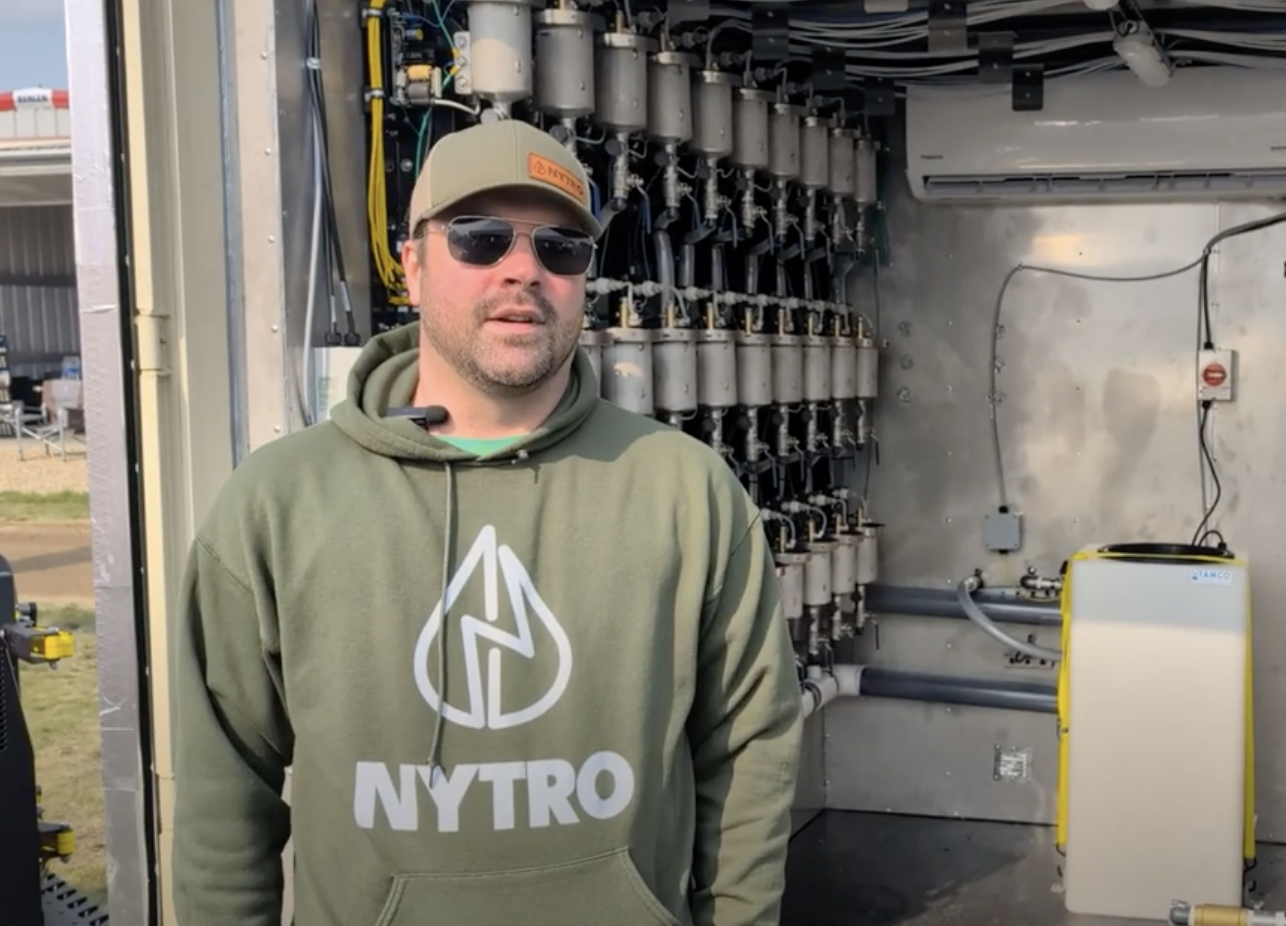RED DEER Ñ Proper site selection is the most important factor when building a manure storage lagoon, says a University of Saskatchewan engineer.
ÒIf you want to save money, put the money up front and find the proper site the first time and donÕt get married to a site,Ó said Terry Fonstad at a manure management conference held in Red Deer at the end of June.
Lagoons need an adequate buffer to prevent seepage of nitrates or harmful micro-organisms like salmonella or E. coli into surface or ground water. Nitrates inhibit the bloodÕs ability to carry oxygen and bacterial infections can be life threatening to humans.
Read Also

VIDEO: Green Lightning and Nytro Ag win sustainability innovation award
Nytro Ag Corp and Green Lightning recieved an innovation award at Ag in Motion 2025 for the Green Lightning Nitrogen Machine, which converts atmospheric nitrogen into a plant-usable form.
There should be no usable water resources within 15 metres of the surface or 10 metres from the base of the lagoon storage area.
These include bore holes or old wells, which should be filled to keep material out of ground water.
When the lagoon is built, the clay liner should be at least one metre thick and properly compacted to make sure it is solid and impermeable. The pore sizes in the clay need to be smaller in diameter than bacteria so none escape into ground water.
The site should have no major sand layers within the top 15 metres of soil. These tend to hold trapped water and can cause difficulties during construction or create seepage pathways if the liner is damaged. If there is sand present, it can be removed and a thicker clay liner placed in that area.
A dried out liner is a major cause of seepage so it is important not to allow desiccation. Cracks may also occur during freeze-thaw cycles.
It is also important to think about how a lagoon is shut down when it is no longer needed, said Thomas Bass of the agriculture extension department of the University of Georgia.
When the lagoon concept was introduced in the 1970s, it was touted as a low maintenance manure storage. It was thought organic solids would anaerobically digest in a lagoon and the farmer would only need to manage the liquid, Bass said.
There was little information on the long-term management or what decommissioning might cost.
ÒIt is almost always expensive and it is almost always more than the producer was thinking,Ó he said.
Bass said there have been situations where a two acre unit cost $15,000 US to close down. A four acre lagoon cost another producer $100,000.
During the life of the lagoon it is wise to agitate and pump often so sludge does not build up.
When closing a lagoon, all pipes and other mechanical conveyances must be removed. As much waste as possible needs to be dredged and applied to the land at agronomically acceptable levels.















